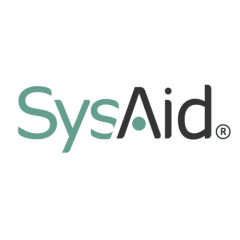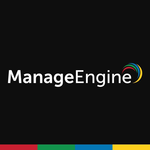SysAid is more user-friendly, and its configuration is easier than other tools. SysAid is also easy to customize.
With SysAid, most of the customers are requesting a native mobile application. SysAid has fewer AI features compared to other tools.
I have been using SysAid since 2015.
SysAid is a stable solution.
SysAid is a scalable solution.
SysAid's technical support is available during operational hours.
We previously used ManageEngine and SummitAI. SysAid is easy to configure compared to ManageEngine and SummitAI.
The solution's initial setup is very straightforward, even for someone with less IT knowledge.
Around two to three people are involved with the solution's implementation. The solution's enterprise edition can be deployed within 30 days, and the basic addition can be deployed within two weeks.
Our customers have seen a return on investment with SysAid.
Our customers use the enterprise edition and the standard edition of SysAid. We provide local support, but there are some things we have to escalate to SysAid. When we need support, we use their support portal, which has online chat functionality.
Compared to other ITSM tools, SysAid can be rated high in terms of product functionalities and features. The solution's technical support is also good.
Overall, I rate SysAid an eight out of ten.












